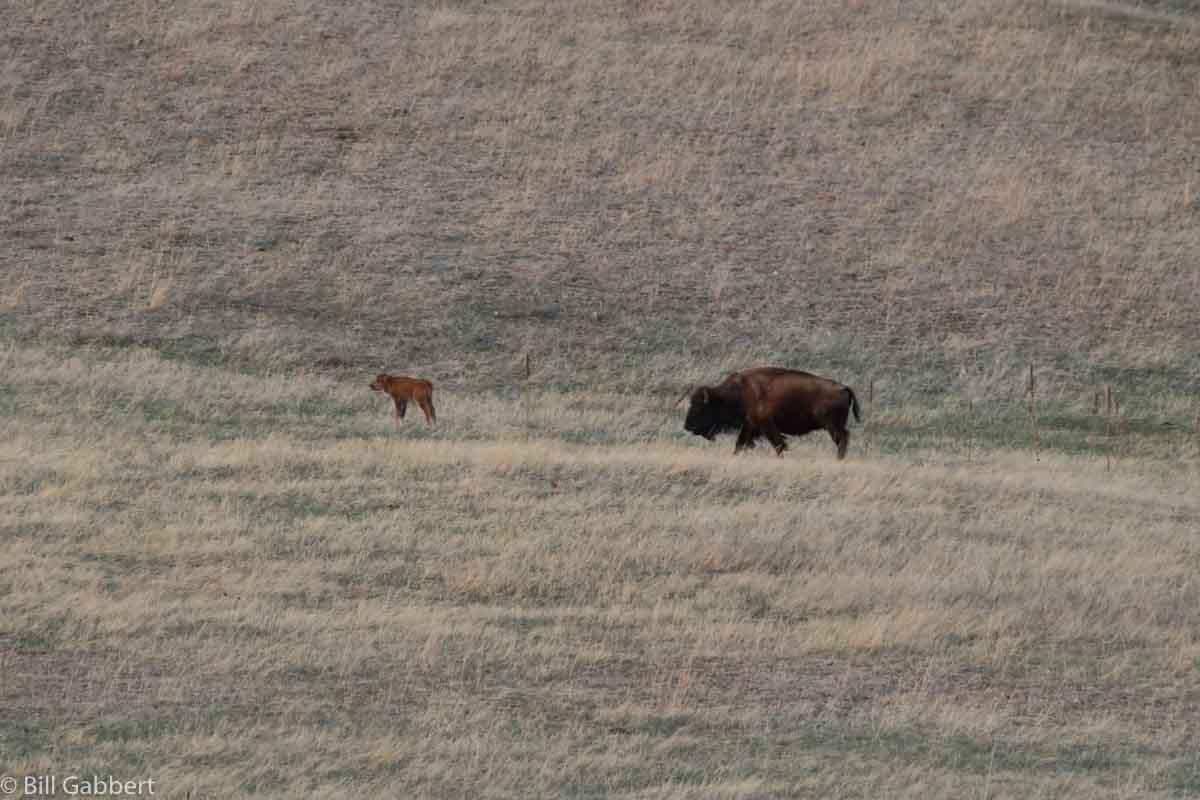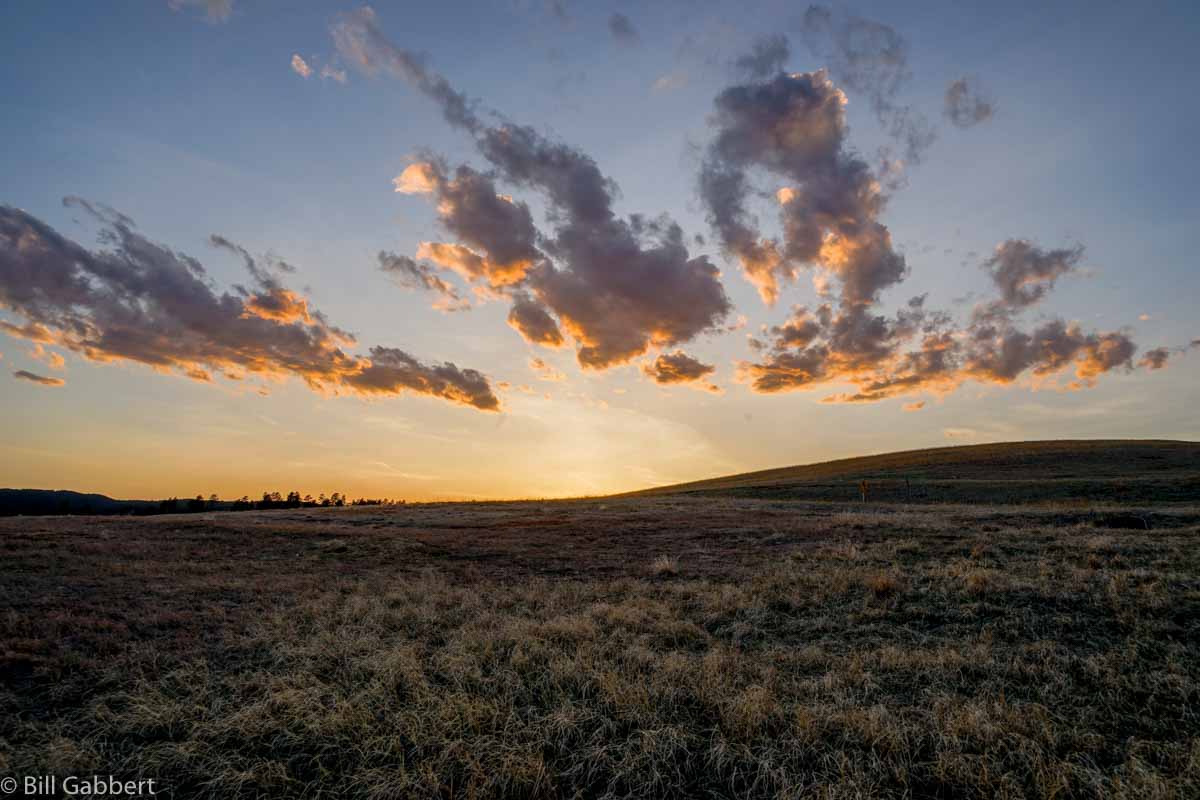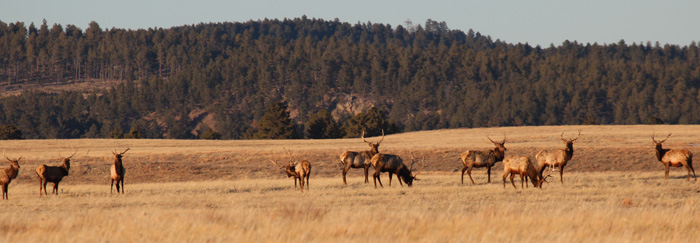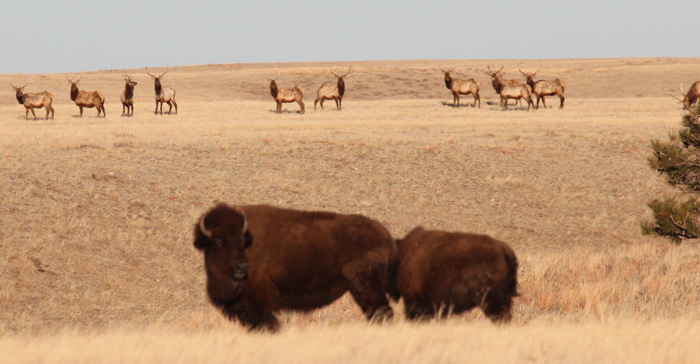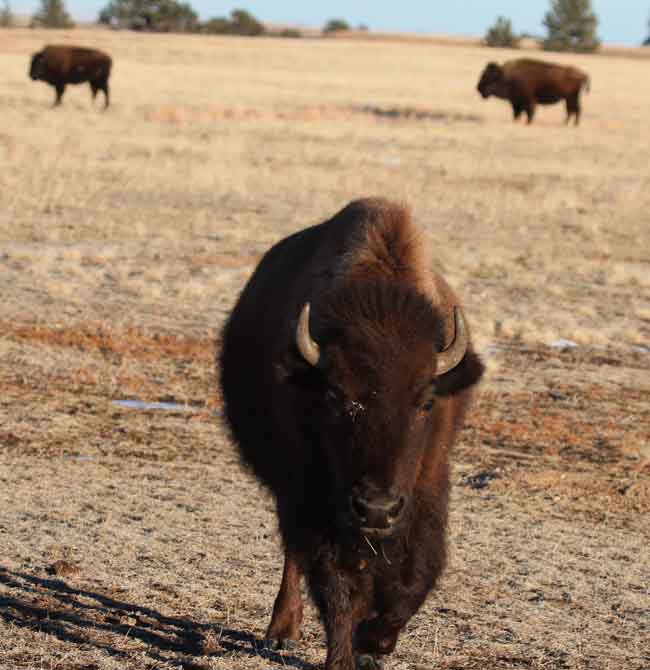I ran across a grumpy bison yesterday in Wind Cave National Park. Apparently he was lost, and was at the wrong sign.
Tag: bison
Bison eating habits influence the prairie ecosystem, including after a fire
For centuries, before they were almost wiped out in North America, bison had a large effect on the ecosystem, promoting diversity in praries.
The National Park Service published this information about what is now the National Mammal in the United States. Today President Obama signed the legislation making it official.
…By feeding mostly on grass species and selectively avoiding other plants, bison influence the local prairie biodiversity. In other words, bison create a spatial mosaic pattern of grazed and ungrazed areas. If you imagine a quilt with patches each representing different plant species and sections of grazed and ungrazed areas, this “quilt” can often exemplify an area after a bison herd forages. With high plant biodiversity, there can be an increase in gas exchange, biomass, and plant cover. Photosynthesis also increases when bison selectively graze, because with many different kinds of plants, there is increased light availability and reduced competition for water and nutrients.
Bison are also attracted to recently burned areas, therefore, influencing plant diversity. After a disturbance, such as a wildfire, grasses establish before other plant species. Bison prefer these regrowth areas because they have a plethora of grasses available to them without having to graze selectively around woody plant species—woody plants take longer to establish after a disturbance. By grazing in these new grass-dominated sites, bison help increase the local diversity. In other words, a variety of plants have the chance to grow in grazed and burned areas.
Rabbits eat more than bison! If compared pound for pound, rabbits eat more because they metabolize food quicker. For bison, it takes about 80 hours for grass to pass through their digestive systems, which means they have 80 hours for nutrients to be absorbed. Therefore, bison can live on food lower in nutritional quality, because they digest their food slower.
A sign of spring
One of the signs of spring is when the bison calves start appearing in Wind Cave National Park. Tuesday evening I found one of the new arrivals — part of a herd of about 20 cows. A few of them watched me closely as I took photos with my telephoto lens. I assume they are all very protective of the vulnerable little creatures.
And as a bonus, the sunset tonight was better than average.
Elk and bison in Wind Cave National Park
It was a beautiful day in the Black Hills Saturday so I drove into Wind Cave National Park. The elk and bison seemed to be enjoying the warmish weather (40 degrees) and sunshine.
The little guy below approached my truck. I assumed he wanted to either inspect it for road salt that he could lick off, or might want to use it as a scratching post, so I moved forward about 50 feet. He followed, so I moved again, and he came along again. I blew my horn thinking it might scare him away. It startled him and he froze, but then the rest of the group, about 30 bison, started walking toward me, and I, uh, suddenly remembered something I needed to do and left the area.
All photos are by Bill Gabbert, and protected by copyright.




